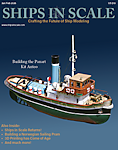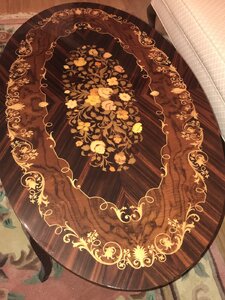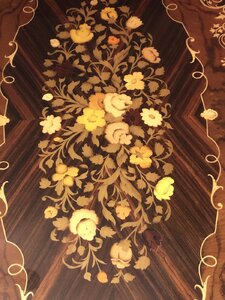Merhaba Marcel. Güverteden yukarı, POB ve POF modelleri hemen hemen aynıdır: mobilyalar, süslemeler, direkler, donanım vb., model yapımcısının karar verdiği veya kitin izin verdiği ölçüde doğru ve ayrıntılı olabilir. İkisi arasındaki temel fark, modellerin kendi yapılarındadır.
Plank-on-Bulkhead modelleri (POB), gerçek geminin şeklini yakalamak ve model yapımcısı için karmaşıklığı ve maliyeti azaltmak üzere tasarlanmış sahte bir omurga ve bölme yapısı kullanır. Geminin iç kısmı "sahte" olduğundan, bir POB modeli tamamen tahtalarla kaplanmalı ve kapatılmalıdır. POB modellerinin avantajı, yapımının çok daha kolay olması, daha az parçaya sahip olması ve daha basit teknikler gerektirmesidir.
Plank-on-Frame modeller (POF), gerçek omurga ve kaburga yapısını yeniden oluşturarak geminin gerçek yapısını daha yakından tasvir etmeye çalışır. Genellikle montaj için bir şablon (genellikle sete dahildir) gerektirirler, ÇOK daha fazla parçaya sahiptirler ve geminin şeklini oluşturmak için kavisli yapıların şekillendirilmesinde daha gelişmiş yapım teknikleri gerektirirler. POF modelleri genellikle POB'dan daha pahalıdır ve daha az deneyimli modelciler için yapımı göz korkutucu olabilir. Geminin iç yapısı modellendiğinden, POF modelleri kısmen planksız bırakılabilir, bu da mimariyi ortaya çıkarır ve detayları artırır. Birçok POF modelinde, gerçek geminin yapısını daha iyi göstermek için direkler ve armalar kullanılmaz (biz buna Amirallik Stili diyoruz).
Her iki model türü için gereken araç ve gereçler benzerdir. Her iki model de %100 tarihsel olarak doğru değildir ve her ikisi de gerçek bir geminin stilize edilmiş temsilleridir, ancak POF modelleri genellikle gerçeğe daha yakındır. Hem POB hem de POF modellerini çeşitli ölçek ve boyutlarda bulabilirsiniz.
Umarım yardımcı olur.









